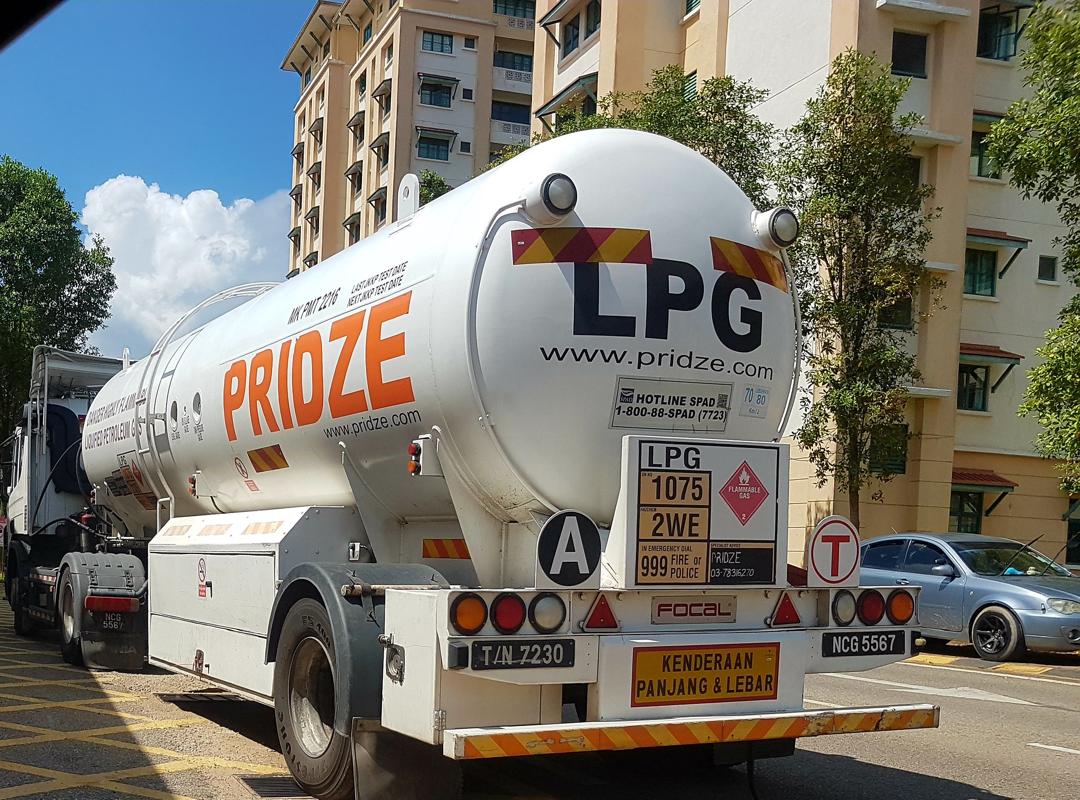
LPG Supply
LPG (Liquefied Petroleum Gas) is a versatile, clean-burning fuel that is widely used for heating, cooking, and as a fuel for vehicles. The supply of LPG involves a comprehensive system that includes production, storage, distribution, and delivery to end consumers, such as households, businesses, and industries. LPG is typically delivered in two forms: bulk LPG (delivered via pipeline or tanker) and cylinders (for domestic or small-scale use).
Supply LPG : Bulk, Mini-bulk, Industrial Cylinders (C200 & C50) & F14 (Forklift)
Engineering : Engineering, Procurement, Construction and Commissioning (EPCC) & Maintenance
Commercial : Utility Meter-billing at Malls
Key Components
1
Storage
Bulk, Mini-bulk, Industrial Cylinders (C200 & C50) & F14 (Forklift)
2
Transportation and Distribution
Large quantities of LPG are transported from production plants to regional storage facilities, often using LPG tankers (either road tankers or marine vessels for international or large-scale shipments). This is commonly referred to as bulk distribution.
3
Retail Sales and Delivery
Customers can either refill their cylinders at authorized filling stations or exchange empty cylinders for full ones through a delivery service or at a retail outlet.
4
Retail Pricing and Control
In many countries, including Malaysia, the price of LPG is regulated by the government to ensure affordability for consumers, particularly in domestic applications. In Malaysia, for example, the Ministry of Domestic Trade and Consumer Affairs (KPDNHEP) plays a role in controlling the price of LPG through subsidies or price caps.
5
LPG Use (End-User Applications)
Domestic, Commercial & Industrial
6
Safety and Regulatory Compliance
Cylinder Inspection and Maintenance, Leak Detection, Emergency Response and Safety Measures


